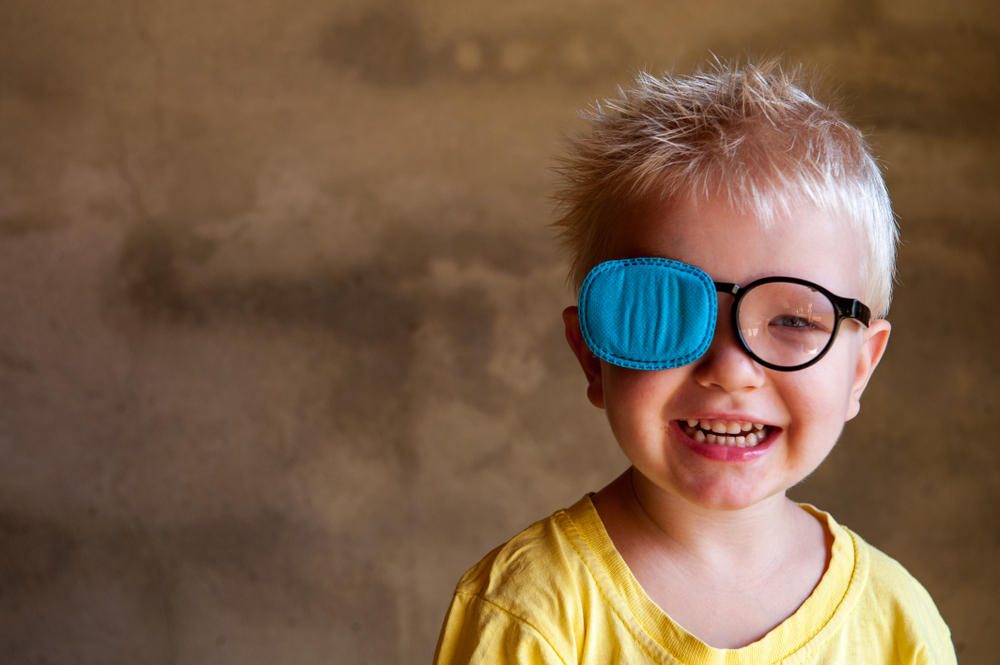During the lockdowns of the COVID-19 pandemic you more than likely found yourself stuck at home more often than you were used to; Did your behavior change as a result? For most people, the enforced ‘timeouts’ of the period altered much about our lives in ways that ranged from the macro to the micro, and one of the more surprising consequences of this time was an increase in trauma injuries. People found that they were bumping into things more often, tripping over rugs and carpets more than usual, and attempting more adventurous recipes in the kitchen.
Bumps and bruises were an unexpected but (when one thinks about it) somewhat inevitable consequence of the COVID-19 pandemic, and trauma injuries weren’t limited to their body either. Ocular trauma was just as common as cases of painful clumsiness but of course, it wasn’t quite the same as before the pandemic. The patterns of where, why, and how our peppers got injured during this time were different compared to injury in more regular times, and studying this topic makes for an interesting study.
Trauma Research from Raipur
In this article we’ll naturally focus on injuries sustained to the anterior segment of the eye, so make sure you check the PIE website for our corresponding article on posterior segment ocular trauma sustained during the COVID-19 pandemic. For this report, we examined Impact of the COVID-19 Pandemic and National Lockdowns on Ocular Trauma at a Tertiary Eye Care Institute, a study published by a group of researchers based at a number of clinical facilities in the city of Raipur, India. It was published as most countries were finally beginning to emerge from the worst of the coronavirus crisis, and examined the demographic and clinical profile of patients presenting with ocular trauma.
All of the patients covered in the study underwent a comprehensive eye evaluation at presentation. Their ocular injuries were classified into open globe injuries and closed-globe injuries. For patients with open globe injuries, the researchers planned primary repair under general anesthesia on an emergency basis.
Patients presenting with infectious keratitis underwent corneal scraping at presentation. Smears were examined for Gram’s, Giemsa, and 10% potassium hydroxide mounts. The remaining sample was inoculated on blood agar (5% sheep blood) and incubated at the appropriate temperature and atmospheric conditions.
COVID-19 Caused a Conservative Approach
In the COVID-19 period, 29 (40.8%) patients sustained open globe injuries, 24 (33.8%) sustained closed globe injuries and 9 (12.7%) patients sustained chemical injuries and microbial keratitis each. In comparison, during the pre-COVID-19 era, 2 (47.9%) patients had microbial keratitis following trauma, 47 (27.5%) patients had open-globe injuries, 29 (16.9%) had closed-globe injuries and 13 (7.7%) patients had chemical injuries. Traumatic endophthalmitis was diagnosed in 8 (4.6%) eyes and 7 (9.8%) eyes in pre-COVID-19 and COVID-19 periods respectively, and retained intraocular foreign bodies were present in 2 (1.1%) eyes and 1 (1.4%) eye in the pre-COVID-19 and COVID-19 periods, respectively.
One of the primary differences between treatment before and during the COVID-19 pandemic was how conservatively the doctors involved in the study would approach their patients. Thirty-three (46.4%) patients in the COVID-19 period and 115 (67.2%) patients in the pre-COVID-19 period were treated conservatively with medication. Also, during the COVID-19 period, surgical intervention was carried out on 33 (46.4%) patients, whereas in the pre-COVID-19 period, a total of 55 (32.1%) patients underwent surgical intervention to manage ocular trauma.
A majority of the patients (67.7%) included in the study were from rural areas and before the COVID-19 pandemic plant leaf injuries caused most ocular trauma injuries. During lockdown periods there wasn’t a single recorded case of patients presenting with injuries caused by plant leaves, and most patients delayed going to hospital with ocular injuries. Also, they found that the mean age of the patients in the COVID-19 period was less than that of the patients in the pre-COVID-19 period, which was attributed to the elderly avoiding medical facilities for fear of infection.
A Significant Drop in Badminton Injuries
During the COVID-19 period, 56 (78.8%) patients sustained ocular trauma at home as compared to 62 (36.4%) patients in the pre-COVID-19 period. Also, during the same time, 12 (16.9%) patients suffered ocular trauma at the workplace as compared to 93 (54.7%) patients in the pre-COVID-19 period, and only 3 patients had ocular trauma due to road traffic accidents in the COVID-19 period as compared to 16 patients in pre-COVID-19 period. The most common inflicting agent of injury during the COVID-19 period was iron particles (29.5% of patients), while in the pre-COVID-19 period, it was plant leaves (25.5% of patients).
Some causes of injury that appeared frequently before the COVID-19 pandemic were completely eliminated during the subsequent lockdowns, including sports injuries (often caused by badminton shuttle cocks), and injuries caused by animals were significantly reduced. Construction site injuries, as well as trauma caused by the eyes coming into contact with chemicals, were similarly reduced. However, injuries caused by wooden sticks and daily use items like pens, glass, plastic, etc, were maintained at the same rate.
In their concluding remarks, the Rairpur-based researchers concluded that ‘the enforcement of a nationwide lockdown due to the COVID-19 pandemic resulted in a significant decline in the number of patients presenting with ocular trauma to the emergency department. Although injury sustained in the home setting was common in the COVID-19 period, workplace injury showed a steady increase during the unlock period.’
This was the first Indian study to examine the specificities of ocular injuries sustained in the country during the pandemic, and it’s particularly valuable as India was severely affected by the disease. It should therefore prove useful for those wanting to prepare their practices should a similar event occur, something that we cannot discount going into 2023 and beyond.
Reference
- Agrawal D, Parchand S, Agrawal D, et al. Impact of the COVID-19 Pandemic and National Lockdowns on Ocular Trauma at a Tertiary Eye Care Institute. Indian J Ophthalmol. 2021;69(3):709-713.



